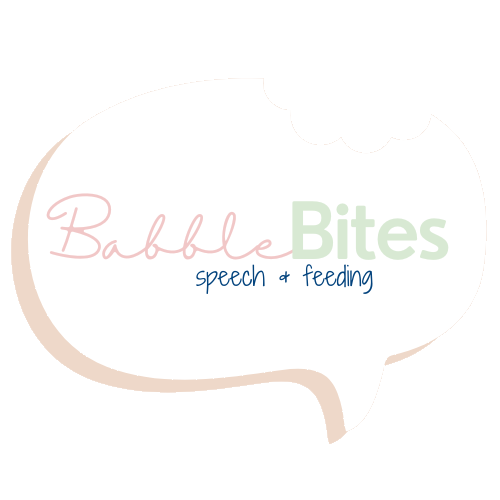Functional Words: How to Teach Your Baby to Say “Up” and “Down”
Model the word “down” when your child indicates they want to get down from the high chair, and eventually, give them the opportunity to try their new word!
The words “up” and “down” are both functional words for babies to learn, because it gives them the ability to communicate specific wants and needs, such as to be picked up or to get down from somewhere.
How to Teach Your Baby the Words, “Up” and “Down”
1. Model saying “up” and “down” frequently across different activities
Start by modeling the words (and signs if you want!) across many different scenarios.
Here are some examples of when to model the word “up”:
When your baby wants to be picked up
When you are going upstairs, model the word “up” on every step
When looking at things in the sky like planes and clouds, point and model “up!”
When blowing bubbles and they are floating up
With balloons, model the word “up” as they float up to the ceiling
With a ball when you throw the ball up high
When stacking blocks, model “up” each time you put a block on the tower
When pressing the “up” button on an elevator
Here is the sign for “up.” You can pair it with the verbal word.
Here are some examples of when to model the word “down”:
When your baby wants to get down out of their crib
When your baby wants to get down from their high chair
When your baby wants to be put down from being carried
When your baby wants to get out of their stroller
When going downstairs, model the word “down” on every step
When knocking over a block tower
When pressing the “down” button on an elevator
Here is the sign for “down.” You can pair it with the verbal word.
2. Bring your baby’s attention to your mouth as you model the words “up” and “down”
You can also point to your mouth while you say the words “up” and “down” to bring your baby’s attention to the way your mouth is moving. The consonant sounds in both of these words are early developing, which makes these great early words to teach. Exaggerate your sounds and the movements of your mouth to help emphasize the sounds.
3. Give your child the opportunity to tell you “up” or “down” by pausing
Once you have modeled the words “up” and “down” many times (this may take days, weeks, or months depending on your child’s development, and their age), choose an opportunity to pause and wait before automatically helping your child up or down.
Taking your baby out of their crib is a great time to practice the word “down.”
Crib example with “down”:
Let’s take your child wanting to get down from their crib for example. When you come to get your child out of the crib, pause and look expectantly at your child (i.e. eyebrows raised, mouth open smiling).
If your child does not initiate the word or sign for “down” on their own, you can try modeling the sign for “down” (if you have been incorporating this) or simply model the word “down,” and again pause and look expectantly, and see if your child imitates the word or sign. Wait 3-5 seconds after you model it to see if they imitate you. If you ask it as a question (“Do you want to get down?”), be aware that your child may just respond “yes” or with a head nod if they already have this skill, so you will need to model the word by itself.
If they are not getting frustrated, try modeling the word “down” and pausing to wait for them to imitate 1-2 more times before helping them down while modeling the word, “down” again.
If they don’t try the word yet, continue to model both “up” and “down” across different scenarios and try this again in a few days!
Model “up” when looking at bubbles that are floating up.
When Can Babies Learn to Say “Up” and “Down”?
Babies can learn the sign for “up” and “down” as early as 9 months of age, and the verbal words “up” and “down” between 12-24 months of age.
This website and information on this blog post is provided for educational purposes only. It is not meant as medical advice, intended to replace a speech-language assessment, therapy from a speech-language pathologist, or serve as medical care for a child. It is recommended that you discuss any concerns or questions you might have with your speech-language pathologist, pediatrician, and medical team, and develop an individualized team plan specifically for your child.
Follow us on Instagram for “bite-sized” information on each blog post:















